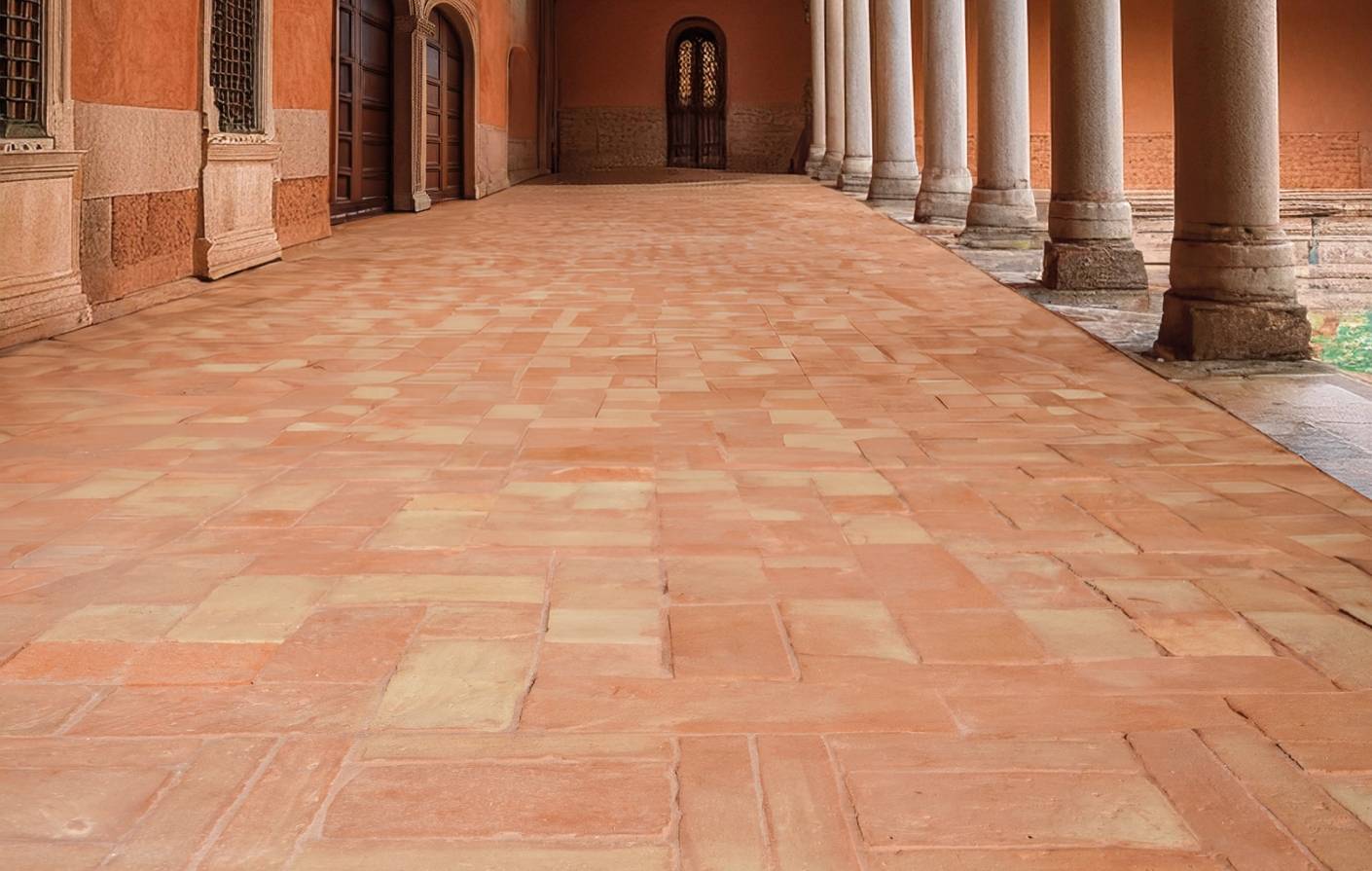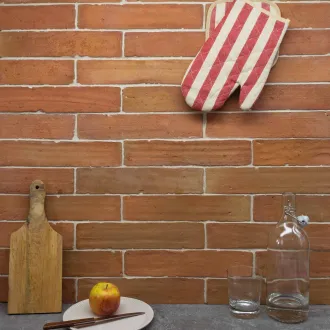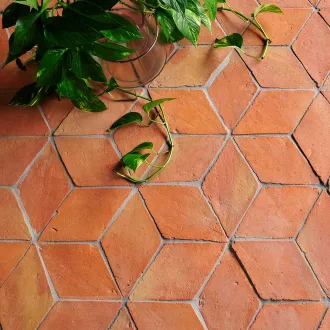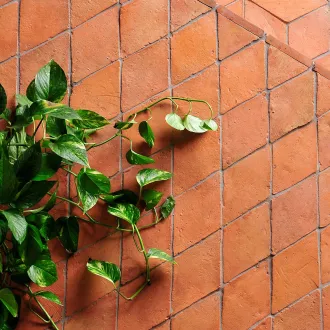- cotto tiles

Cotto Tiles: How to Recognize Handmade Cotto
Terracotta tiles are among the most popular materials for those who wish to bring a touch of rustic and authentic elegance to their spaces. However, not all terracotta tiles are the same: handmade artisanal terracotta is clearly distinguished from industrial terracotta in terms of quality, aesthetics and production method. But how to recognize true handmade terracotta? And what are the main differences from industrial ones? In this article we will explore these aspects, guiding you in choosing the perfect material for your project.
1. The Production Process: Artisan vs. Industrial
Handmade terracotta tiles are the result of an artisanal process passed down through generations. Artisans work natural clay using traditional techniques, shaping it by hand or using wooden molds. After air-drying, the tiles are fired in wood-fired or gas-fired kilns, giving the finished product warm hues and unique shades.
In contrast, industrial terracotta is mass-produced using machinery. Clay is pressed into metal molds and fired in high-temperature industrial kilns. This process ensures dimensional and color uniformity, but sacrifices the uniqueness and charm typical of handmade cotto.
2. The Aesthetic Differences
One of the distinguishing characteristics of handmade terracotta tiles is their irregularity. Each piece is unique, with slight variations in shape, thickness and color that tell the story of the craftsmanship. The shades of handmade cotto vary from red to yellow, through warm, earthy tones, often with imperfections that enhance its authentic character.
Industrial terracotta, on the other hand, is characterized by greater uniformity. Tiles have standardized sizes and homogeneous colors, suitable for those seeking a more modern and regular result, but lacking the warmth and personality of handmade terracotta.
3. The Quality of the Material
Handmade terra cotta is often stronger and more durable than industrial terra cotta due to the quality of clay used and the slower, more controlled firing process. In addition, handmade tiles are naturally breathable and hypoallergenic, making them ideal for indoor and outdoor environments.
On the other hand, industrial terracotta may have a smoother and more uniform finish, but it can sometimes be less resistant to temperature changes and wear and tear over time.
4. How to Recognize Handmade Cotto Tiles
To distinguish handmade terracotta from industrial terracotta, here are some aspects to observe:
Irregularities: handcrafted tiles have edges and surfaces that are not perfectly uniform.
Coloring: look for natural shades and color variations, a sign of handwork.
Texture: to the touch, handmade terracotta is rougher and more porous.
Mark or certification: many artisan producers offer certifications or marks that guarantee the authenticity of the product.
5. When to Choose Handmade Cotto Tiles
Handcrafted terracotta is the ideal choice for those looking for an exclusive material, rich in history and tradition. It is perfect for rustic, classic or country settings, but can also be used in modern settings to create an elegant and original contrast.
If, on the other hand, you prefer a cheaper and more uniform material, industrial terracotta may be the most suitable solution. However, it is important to consider that the charm and value of handmade terracotta is unparalleled.
Conclusions
Choosing terracotta tiles means investing in a material that combines beauty, functionality and tradition. If you want a unique, high-quality product, handcrafted cotto tiles are the perfect choice. At Eco Ceramica, we are proud to offer handcrafted terracotta tiles designed to enhance any room.
Explore our collection of cotto tiles and discover the timeless appeal of an authentic and timeless material!




















